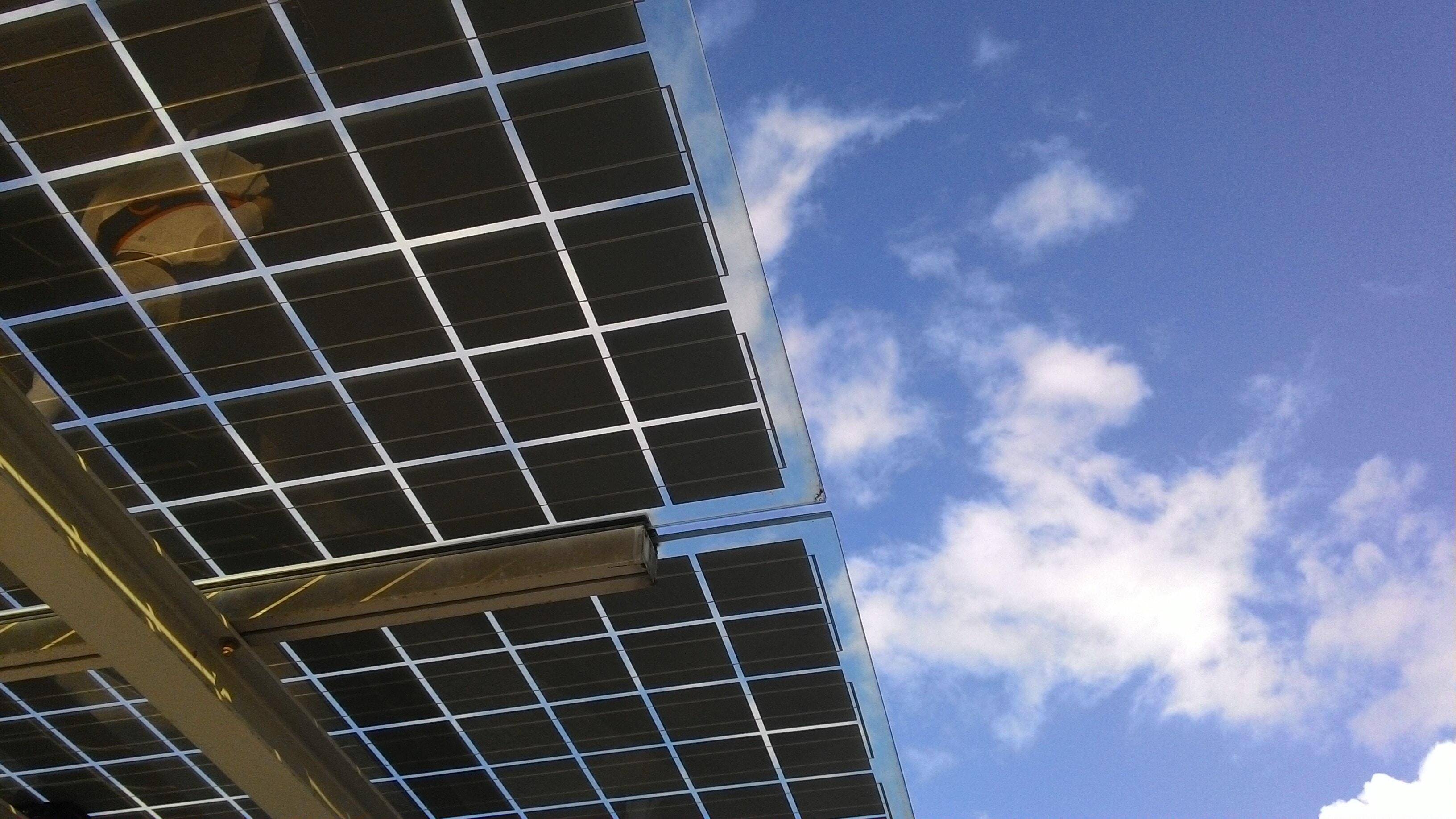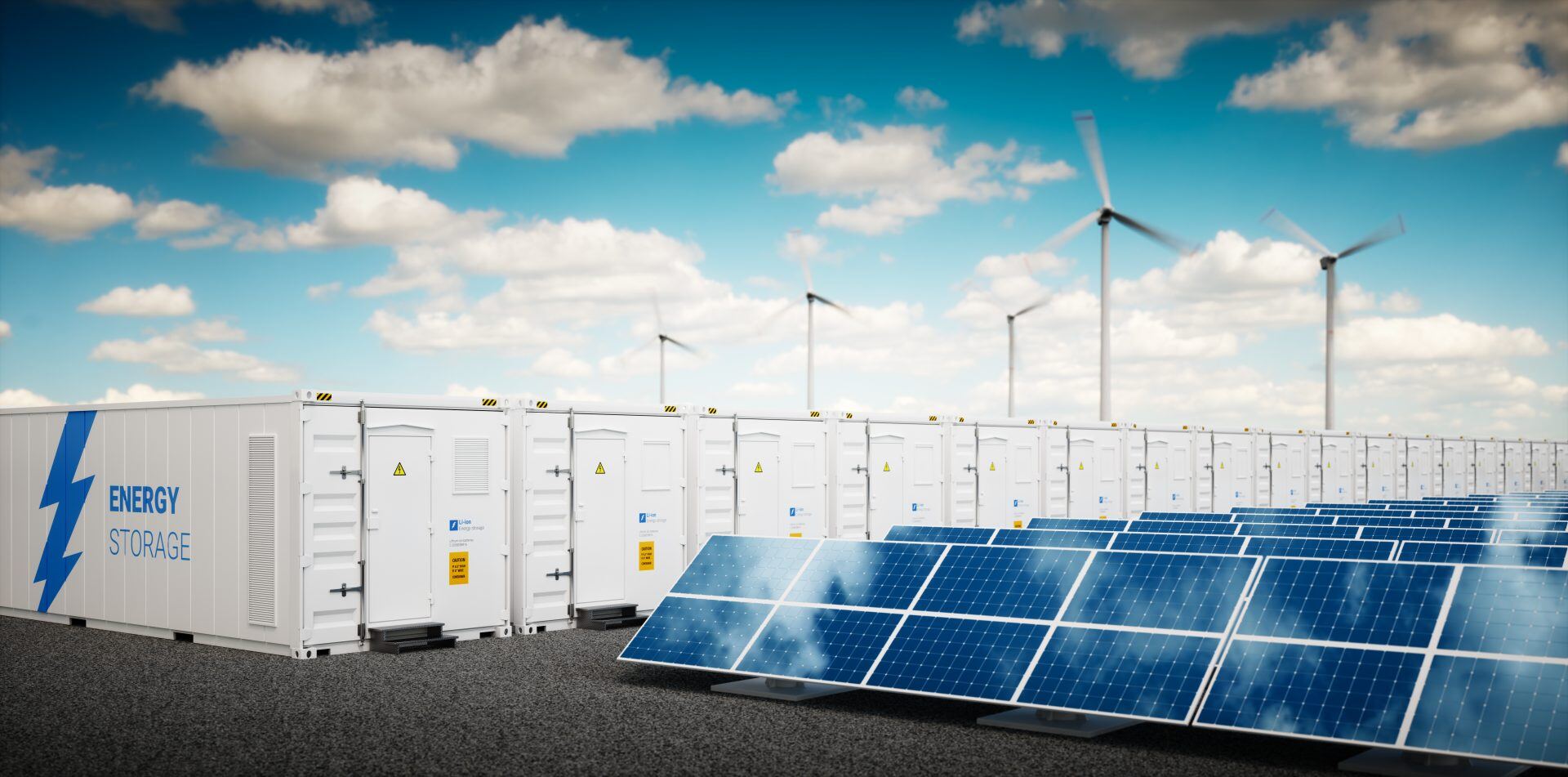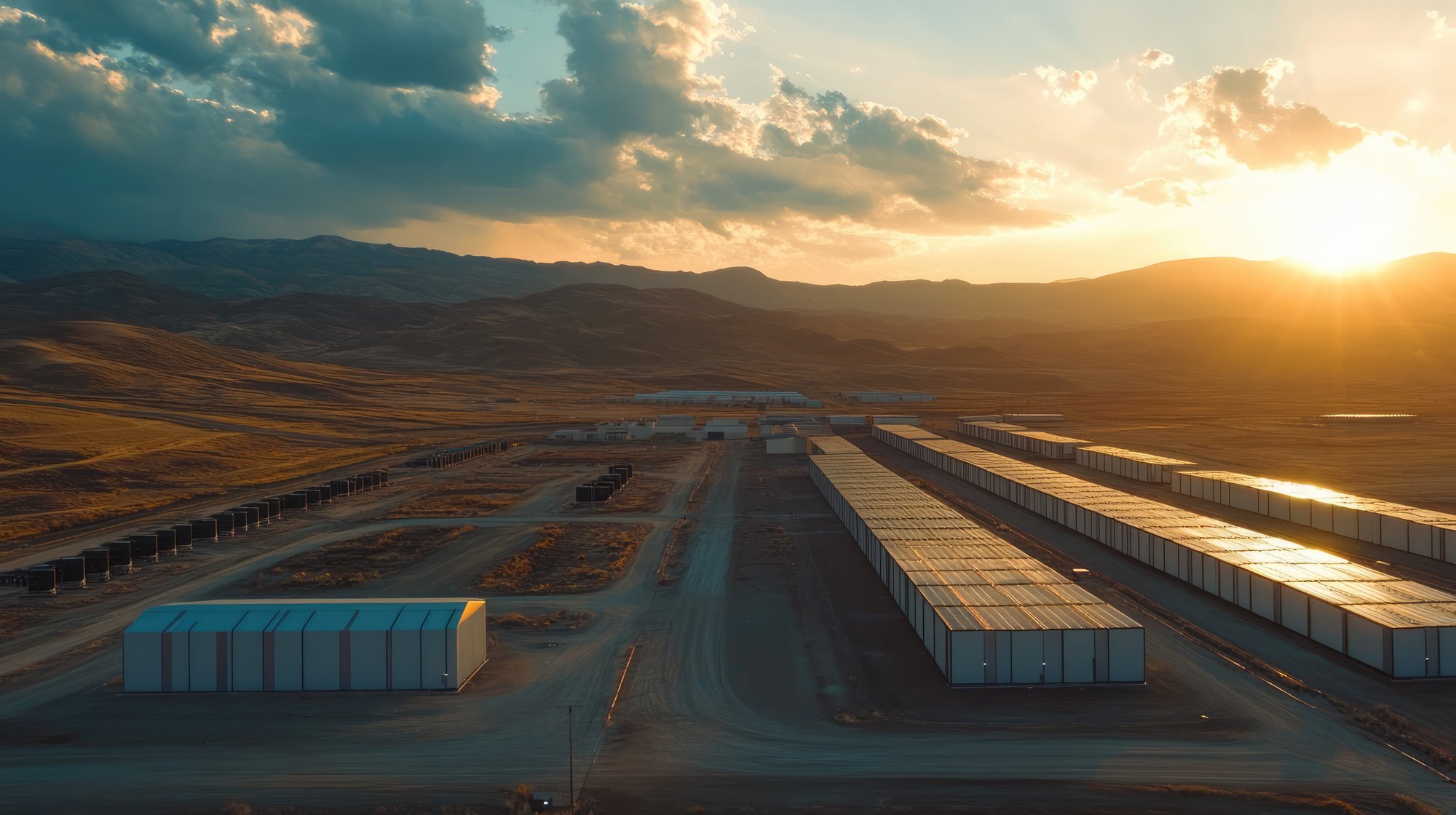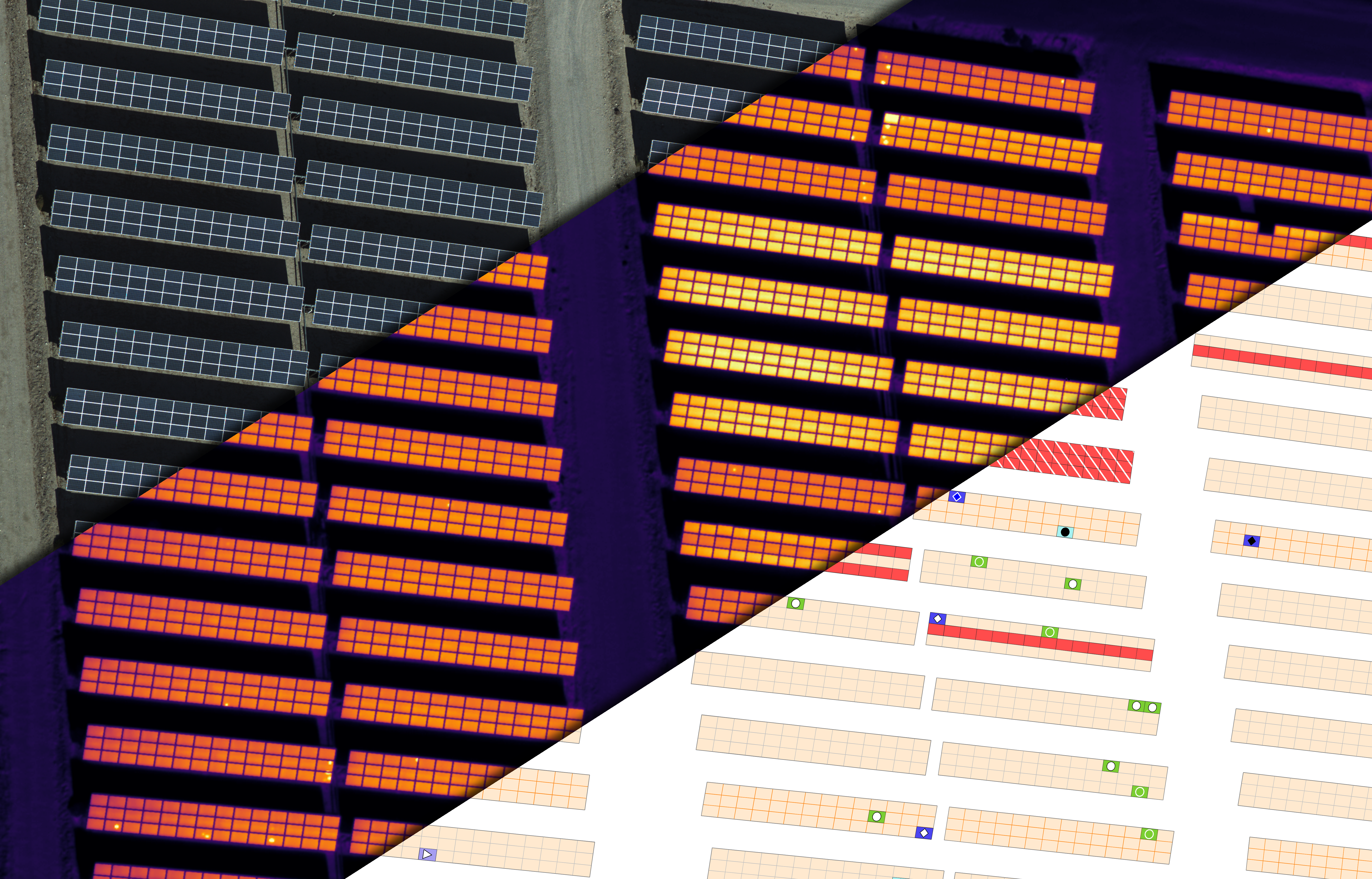Bifacial Modules

Stay in touch
Subscribe to our newsletter for expert insights, company updates, and the latest in renewable energy management solutions.
ARTICLE #1 IN 10 CHANGES IN SOLAR ASSET MANAGEMENT TO PREPARE FOR NOW
Bifacial solar modules are all the rage, and for good reason: Generating electricity from both sides of the module just makes sense. With manufacturing costs decreasing and a higher production capacity than their monofacial cousins, what’s not to like?
But, of course, the introduction of any new technology brings unique opportunities and risks. Let’s review the things asset managers need to consider when adding bifacial modeule technology to their solar power portfolio.
WHAT TO CONSIDER BEFORE INSTALLING BIFACIAL PANELS
Though module manufacturing and packaging is similar for mono- and bifacial solar modules, the application of bifacial modules in the field introduces new operational risks and opportunities. Let’s run through potential impacts to reliability, maintenance, operating flexibility, reliability and longevity, and yield analysis.
RELIABILITY IMPACTS
HIGHER OPERATING CURRENTS
Because bifacial modules are generating 5-20% more power than monofacial modules, the solar cells are seeing proportionate increases in operating current. Higher current means higher temperatures and higher operating temperatures introduce greater material stress.
In other words, bifacial modules may experience higher hot spot events than monofacial modules and panel reliability may be compromised. Ask your supplier how they’ve mitigated these risks and about the impact on module failure rates.
CLOUD EDGE EFFECT
Cloud edge effect is a spike in module operating current when solar irradiation is reflected off nearby clouds. Just as with higher operating currents, we see the increased instantaneous impact of cloud edge effect with bifacial modules. Will these high transient currents blow bypass diodes or create cell hot spots? Ask your supplier how they’ve accounted for this additional stressor in their module design and operation.
NON-HOMOGENEITY
Bifacial modules can generate greater non-homogenous panel and string operating currents in the system. This DC array current disparity can cause downstream module mismatch and inverter power tracking problems. Have you considered these impacts in your project performance model and O&M inspection plans? How will you verify that inverter MPPT control works under a variety of operating conditions?
TRACKER HEIGHT
Bifacial modules need to be mounted higher than traditional modules to expose the back of the panel to more reflective sunlight. Higher module mounting heights will result in higher wind loads, material stresses and possibly more racking system failure or cost. Ask your tracker OEM what they have done to account for these higher material stresses.
MAINTENANCE IMPACTS
CLEANING
Cleaning a bifacial module should be twice as costly as cleaning a monofacial module since you need to clean both front and back. However, experts agree that the back module should rarely need to be cleaned, if ever.
However, the higher mounting position of bifacials could result in higher module cleaning costs since most equipment/personnel are configured for cleaning modules closer to the ground. Make sure your module cleaning quote is based on a bifacial plant layout.
LOWER GROUND COVER RATIOS (GCRS)
Bifacial modules benefit from lower ground coverage ratios (due to wider DC array rows) than traditional solar plants. More room between module rows can make it easier to navigate cleaning and vegetation management equipment up and down the rows. Since bifacial power density (MW/acre) is higher than for monofacial plants, vegetation management costs should be reduced.
MOWING OPERATIONS
Seasonal vegetation can have a big impact on the site solar albedo (ground reflectivity) ratio which is what drives back module energy production. As a result, vegetation management practices may vary greatly between a monofacial and bifacial plant in the same location.
For example, the albedo of dry grass or soil is significantly higher than for green grass. Operators may want to consider mowing early and cutting short to discourage vegetation growth and experience higher back module production.
An additional consideration is the negative impact of weed whacking or mowing where wet grass could stick to the back of the module. Though this should be discouraged for monofacial plants, the negative impact for bifacials would be even greater. Given the above consideration, sheep grazing may be the best alternative for managing site vegetation at a bifacial power plant.
OPERATING FLEXIBILITY IMPACTS
ALBEDO AND GROUND REFLECTIVITY
Local site albedo can have a big impact on module production. Some ground reflectivity applications, such as agricultural lime spraying, are being evaluated. Having the operating data available to know if and when to apply ground applications can significantly increase annual energy production.
TRACKING OPTIMIZATION
Tracking the sunlight in blue sky conditions is always optimal for energy production. During certain cloudy conditions, however, off-sun tracking can increase production by more than 1%. Having the ability to detect these conditions and automatically shift tracker control to diffuse light mode can have a positive impact on plant profitability.
VEGETATION MANAGEMENT
As discussed above, knowing when to cut and how often is no longer a calendar-based decision, but an economic timing question that requires operating data and a break-even analysis.
MODULE CLEANING
Other than sites where sticky airborne aerosols are present, the back sides of bifacial module should not require cleaning. Therefore, the economic timing of washing bifacial modules may be different than sites with monofacial modules. There may be circumstances where cleaning frequency could be decreased since the back modules could still be producing at full capacity while the front modules have lost some production capability. Make sure you factor back module production ratios into your overall economic model when calculating module wash frequencies.
RELIABILITY AND LONGEVITY
Monofacial modules have backside encapsulants that breath, releasing polymer off-gassing. Bifacial modules don’t have these, and trapped polymer off-gassing can cause bubbles and delamination. Review with the module manufacturer how they are addressing this issue and what impact this could have on module failure rates, performance degradation and lifetime.
YIELD ANALYSIS
Actual vs. expected modeling of bifacial module performance is still in its infancy. The industry needs a thorough validation of bifacial energy models with historical operating data so the results can be fed back into the models to improve them. How will you pull clean operating data from your monitoring platform to inform performance models and reduce production forecast uncertainty?
Similarly, when tracking bifacial performance in the field, ensure the additional operating data parameters are recorded and the expected performance model is tuned for the as-built site conditions.
SUMMARY
The introduction of bifacial modules at scale in the solar power market is a good thing. Nevertheless, technology innovation always comes with technology risk. If you’re thinking that the general prescription for addressing these risks and opportunities is to acquire better decision-making information, you’re right.
Better data and models are needed at both the development and operational phases of the project. Armed with good models, informed assumptions and accurate operating data, the asset manager can evaluate project-specific risks and opportunities and integrate bifacial module technology successfully into the next generation of solar power assets.
Steve Hanawalt is executive vice president and co-founder of Power Factors.
For more information, please contact us at info@pfdrive.com or visit our website.
Special thanks to Jenya Meydbray, CEO of PVEL, for much of the content regarding implementing bifacial technology in a solar power facility.


-2.jpeg?width=2000&name=AdobeStock_785443953%20(1)-2.jpeg)


![[Article 2] Why You Need an Integrated APM to Predict Asset Performance](https://www.powerfactors.com/hubfs/wind-turbines-windmill-energy-farm-at-sunset-in-it-2MLX3BD.jpeg)